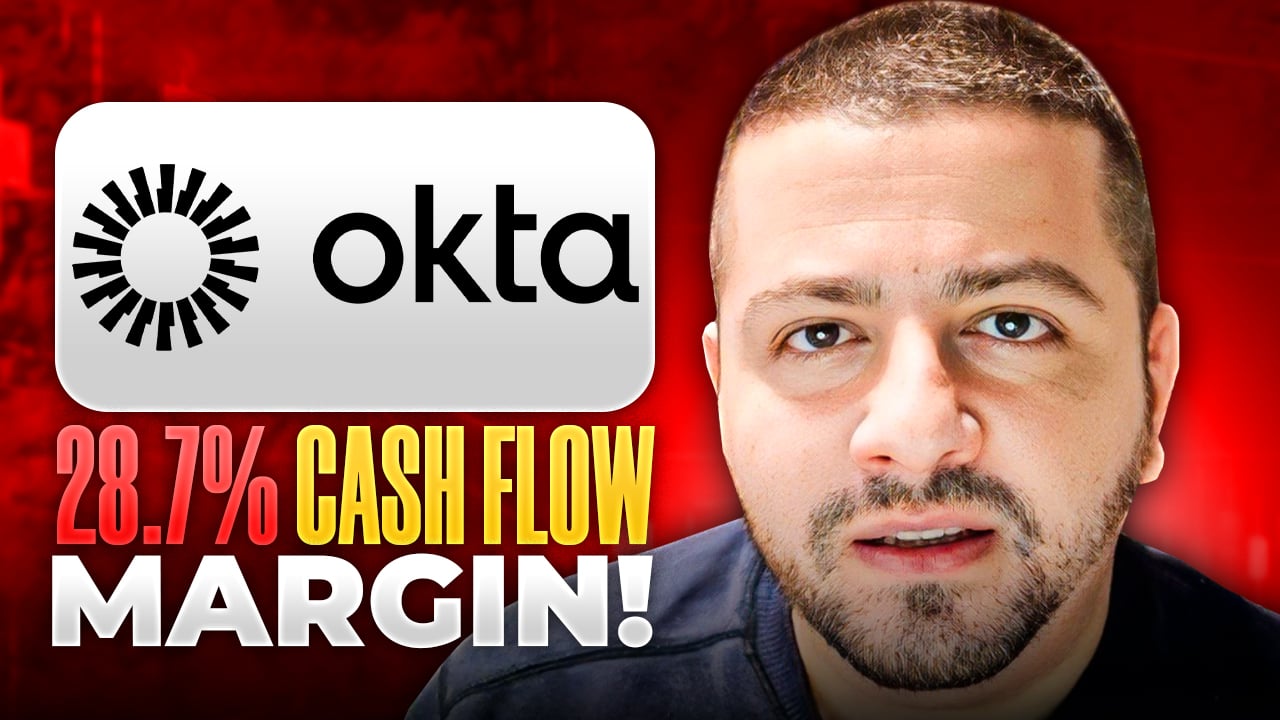The coronavirus has thrown the market into a tailspin, but Okta (OKTA 2.07%) seems to be thriving, with its stock up over 28% year to date. What is it that's making investors excited about this identity management software platform?
Note: Year to date chart through market close on Friday, April 17, 2020. OKTA data by YCharts
Let's dive into the business, its growth levers, and how its moat and network effects give this company staying power. We'll wrap up with whether this stock is a buy today.
The business of identity management
Gone are the days when all employees commute to a corporate office and log in to the secure network behind the company's firewall. Today, all types of workers (contractors, employees, partners, even customers) need to access corporate applications from anywhere on any device. This is where Okta's identity management product comes in. It simplifies the login process for authorized workers and keeps out those who aren't. It also provides similar identity management services for customer accounts.
Last year, revenue grew 47% to $586 million, customer count grew 30%, and Okta racked up a healthy 119% dollar-based net retention rate for the full year ending Jan. 31, 2020. It isn't profitable, but it's free cash flow positive and has $1.4 billion in cash and marketable securities on its balance sheet.
The company has more than tripled its revenue over the last three years, but it still has plenty of growth opportunities ahead.
The growth is just getting started
A large ecosystem of complementary modules gives the company a broad net of products to land a customer. Once a company has adopted one part of the Okta ecosystem, inevitably it will add additional modules over time. In its recent investor day presentation, management shared an example of a healthcare customer that started by contracting the customer identity product for $617 thousand in 2016 and growing to $4.7 million lifetime spending 2019 by expanding users, use cases, and products. It's not surprising to see Okta's net dollar retention rate between 117% and 123% for the last twelve quarters.

One healthcare customer contracted six different times over three years to expand its usage of Okta's platform. Image source: Okta's 2020 Investor day presentation. Slide 90.
International growth is a huge opportunity. In fiscal year 2020, only 16% of its annual revenues came from non-U.S. sources. Investors can see the size of its opportunity when looking at Fortune's Global 2000 company list. The entire list has 69% of companies located internationally, whereas only 37% of Okta's Global 2000 customers are in non-U.S. locations.
Lastly, its customer identity management segment has significant opportunities as well. The product set only makes up 23% of the annual contract value, but represents almost half the total addressable market (TAM). Customer identity management has a TAM of $25 billion out of the $55 billion total for the company. With a 68% annual growth rate, this fast-growing segment is one for investors to watch.
The growth engines are strong, but what's even more exciting for investors is its moat and network effects.
Strong moat and network effects will ensure future growth
In an interview with The Motley Fool, Chief Operating Officer Frederic Kerrest described the company's moat as its independence from the software giants such as Microsoft or Oracle. With easy-to-use cloud platforms, many customers integrate with numerous software vendors, some of which are competitors, and Okta's independence gives it an edge.

Okta helps workplaces secure their networks of cloud applications. Image source: Getty Images.
It has developed integrations with over 6,500 cloud applications for its 7,950 customers. Every client it adds expands its knowledge base, footprint, and ability to fend off attacks. Kerrest explained that when Okta deals with a security issue for one customer, the entire customer set benefits. The addition of new customers, new products, additional security measures, and more use cases powers the flywheel for its network effect and makes its platform even stronger.
The bottom line for investors
This growth company has a lot going for it, which is why it's valued at a premium price-to-sales ratio of 27. The coming year will likely bring more market volatility as companies work to bring employees back into the office and deal with an inevitable recession. Even if IT budgets get cut in the process, Okta should continue to grow. Its security platform could be considered "essential services" for locking down a company's cloud-based software applications, enabling it to thrive no matter what happens as a result of the coronavirus.
Okta is a buy for those investors who have a long-term view and are willing to hold through inevitable ups and downs. Five years from now, shareholders should be able to look back at their buying decision and smile.








